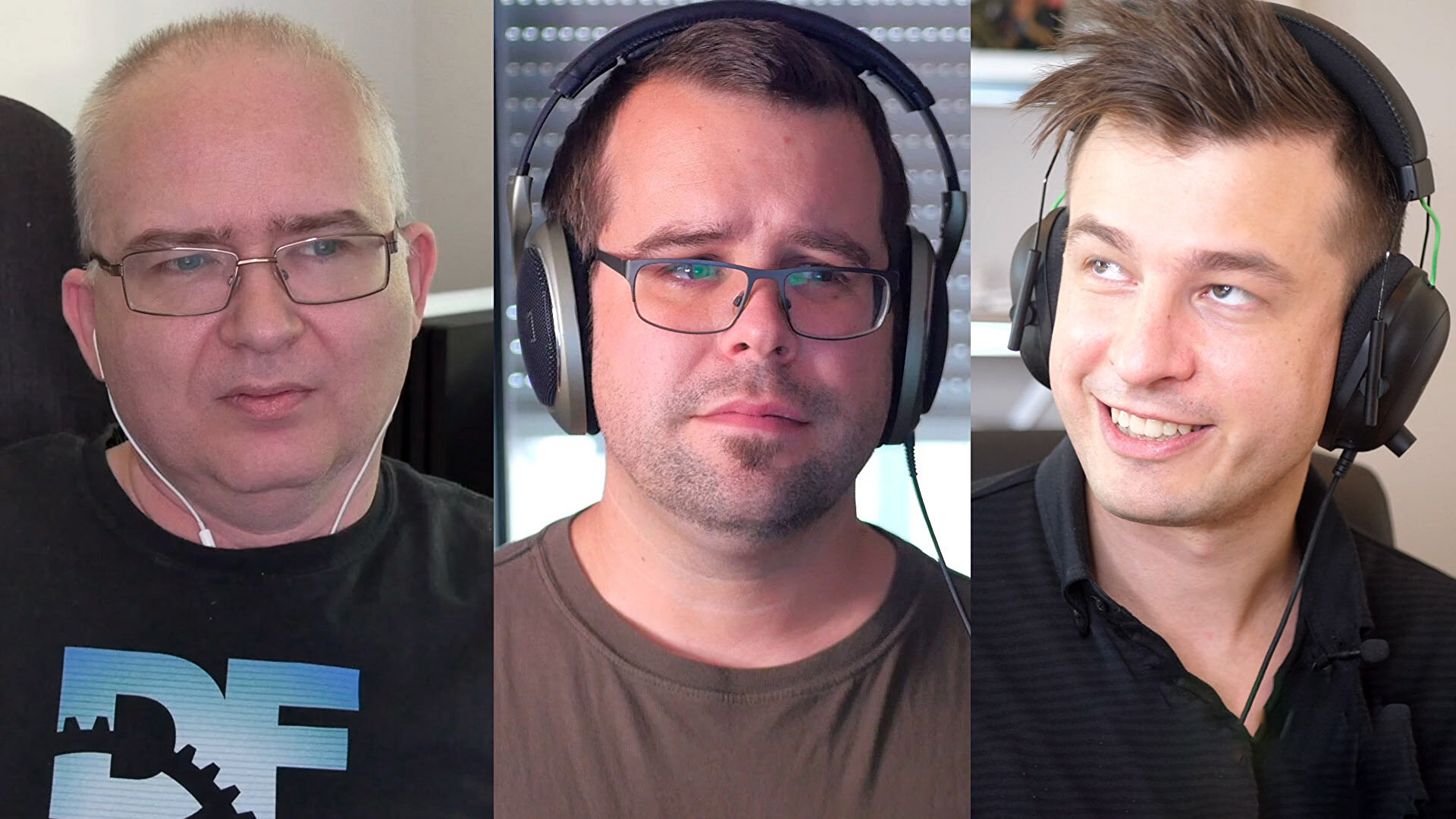
A packed week of gaming news forms the basis for the latest episode of DF Direct Weekly – our 67th episode! Taking point on our topics this week are a couple of great Sony stories, kicking off with the arrival of the European iteration of Sony’s PlayStation Plus subscription service. On the one hand, there’s little doubt that the ‘extra’ tier hits it out of the park in terms of the sheer wealth of titles available for PS4 and PS5 users – even if the extreme value does put the high price of Sony’s new titles into even sharper focus. But what about the thorny topic of the premium tier’s classic games?
Unfortunately and inevitably, it’s an unfortunate initial showing for fans of Sony’s amazing library of older games in that we are seeing 50Hz titles badly fit into a 60Hz output – but there is hope, with Sony announcing that where possible, 60Hz renditions of those games will be made available. John, Alex and I discuss the news, hopeful that this disappointing scenario will eventually be resolved in the way Sony says it will, but at the same time wondering how we got into this mess in the first place. After all, the same criticisms were levelled at the PlayStation 2 classics range for PlayStation 4, yet years later, we’re still in the same situation. If and when those 60Hz games are available, we’ll be taking a look at them – but even with this situation addressed, Sony still has lots of work to do with its emulator to make these titles truly shine and to match the kind of features the retro community has delivered.
We also spend some time talking about DIY Perks’ remarkable custom PlayStation 5, which aims to create a deluxe ‘slim’ console not more than 2cm thick. The custom watercooled solution looks great, featuring the kind of materials and engineering work that could never be introduced to a mainstream piece of consumer electronics. However, the gigantic PSU/watercooling solution demonstrates just how difficult it would be for Sony to make such a machine. Our money is on a more refined, smaller (but not slim) design based on a processor die shrink – we’d expect this further on down the road.





